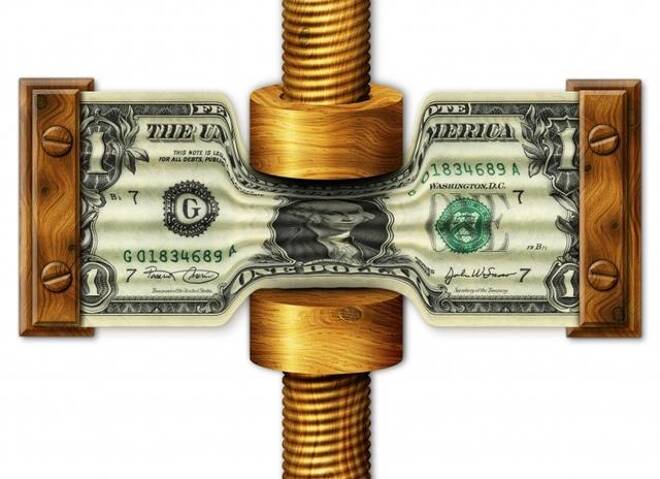Advertisement
Advertisement
Asian Currency Values Fall While The US Dollar Plunges
By:
Currency markets are all over the place in the Asian session with the kiwi and the Aussie tumbling hard while the yen gained against the greenback. The
The US Dollar Index strengthened by 1.2 percent in the last week after China lowered its interest rates so as to boost the Chinese economy acted as a positive factor for the greenback. Moreover, robust release of GDP data from the nation showed growth in the economy owing to surge in consumer and business spending. Investors felt that this may prompt the Federal Reserve to hike interest rates this year.
Last week US GDP jumped surprisingly. The U.S. economy grew faster than initially thought in the second quarter on solid domestic demand, showing fairly strong momentum that could still allow the Federal Reserve to hike interest rates this year. U.S. data showing falling jobless claims and a faster growth rate than had initially been estimated in the world’s largest economy underpinned the dollar.
The reports, however, did little to change the view that the Federal Reserve would delay raising interest rates given recent market turmoil and a slowdown in China’s economy.
Data showed that U.S. gross domestic product expanded at a 3.7 percent annual pace in the second quarter instead of the 2.3 percent rate reported last month. Further brightening the U.S. picture was a fall in U.S. jobless claims to 271,000 last week.
Meanwhile, Wednesday’s comments from New York Fed President William Dudley, a voting member of the rate-setting Federal Open Market Committee, downplaying prospects of a September rate hike helped improve sentiment. Investors unwound recent moves that had lifted both the yen and the euro.
The euro surged on the weakness benefitting from weakness in the US dollar. The euro climbed by 53 points to 1.1240. Lending to euro zone firms grew at the fastest pace since early 2012 last month but the European Central Bank may still come under pressure to ramp up its stimulus measures as falling oil prices and a slowdown in China curb inflation.
Lending in the euro zone has been improving since late 2014, helped by the ECB’s asset-buying program, but headline inflation stands at a paltry 0.2 percent, weighed down in part by external factors such as the oil slump and a softer global economic picture. The ECB is widely expected to announce downwardly revised inflation forecasts after a governing council meeting next week, and some economists are expecting further policy steps.
The Japanese yen gained 65 points against the greenback to trade at 121.05 recovering some of last week’s losses as investors bounce between risk off and risk on sentiment.
About the Author
Barry Normanauthor
Did you find this article useful?
Latest news and analysis
Advertisement
